Anglers had it straight from the outdoor page of the December 15, 2002 Lawrence (Massachusetts) Eagle-Tribune: “The fish ladders [on the Connecticut River] ought to be used to diminish the [sea] lamprey and prevent it from entering into the lakes and streams of New Hampshire.” And: “Lamprey eels literally suck the life out of their host fish, namely small-scale fish such as trout and salmon.”
Maine fish managers agreed. They were collecting sea lampreys at dams and killing them.
So why have the Connecticut Department of Energy and Environmental Protection and The Nature Conservancy been restoring sea lampreys to the four-state Connecticut River system before and since?
Steve Gephard, Connecticut’s supervising fisheries biologist, is the best friend native sea lampreys have. As a child living near Lake Michigan he learned how sea lampreys had virtually extirpated the native lake trout of the Great Lakes. So when his family visited Connecticut he killed a spawning lamprey, proudly hoisting the carcass for a photo. “A lot of my career has been doing penance,” he remarks.
In 2002 Maine fish managers, the media and most anglers had yet to learn what Gephard and the Conservancy knew: Instead of “sucking life” from freshwater fishes native sea lampreys provide life. When they move into freshwater they cease feeding, and like Pacific salmon they start to decay, go blind and after spawning die, infusing headwaters with rich marine nutrients. Because they spawn in shallow water they’re easy pickings for hungry eagles, ospreys, hawks, owls and all manner of mammalian predators and scavengers.

When Gephard snorkels Connecticut rivers he sees lamprey carcasses covered with grazing caddisfly larvae — prime food for scores of fish and bird species. When sea lampreys make nests they clear silt from wide areas, thereby creating spawning habitat for salmon and trout and better living conditions for mussels. And like the mussels, ammocoetes (larval lampreys, maturing in the substrate for as long as six years) improve water quality by filter feeding. Resident fish and snails sampled near lamprey nests are larger and produce more offspring.
An Alien Sea Creature?
Sally Harold, who directs river restoration and fish passage for The Nature Conservancy in Connecticut, works closely with Gephard. In the fall of 2016 she supervised Connecticut’s biggest dam removal to date — tearing down the 17-foot-high Norton Dam on the Jeremy River and opening 17 miles of upstream habitat that hadn’t been available to anadromous fish or downstream resident fish since 1726.
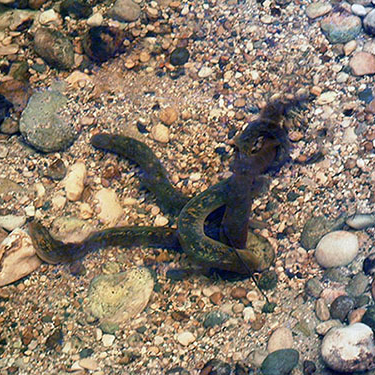
This past July, Harold hosted a Conservancy program with high-school students and educators called Leaders in Environmental Action for the Future (LEAF). Upstream of the Norton Dam site the group documented at least 50 new sea lamprey nests.
Sea lampreys don’t home to natal streams like most anadromous fish. Instead they’re attracted by pheromones, mostly released by ammocoetes. “When we were draining the impoundment we found ammocoetes in the sediment,” says Harold. “We speculated that at one point the defunct mill race had been cleaned out, allowing lampreys to get upstream. I really enjoy opening people’s eyes to rivers. I live in an area where people don’t interact with rivers that much. If they fish, they fish somewhere else. They don’t realize there are migratory species coming up streams in their towns. They don’t know about old mills, dams and restoration possibilities.”
While most anglers and all managers are now firmly in Gephard’s and Harold’s camp, a large element of the public remains stuck in 2002. As recently as February 2013 the International Business Times ran a piece about what it called an “alien sea creature [with] terrifying teeth” and “a bloody Loch Ness-type monster” — bloody because it had been dispatched by bow and arrow in New Jersey’s Raritan River. This frightening news had reached the Times via photos that went viral on the Internet.
The “alien sea creature” was a native sea lamprey whose history in North America exceeded ours by 340 million years.
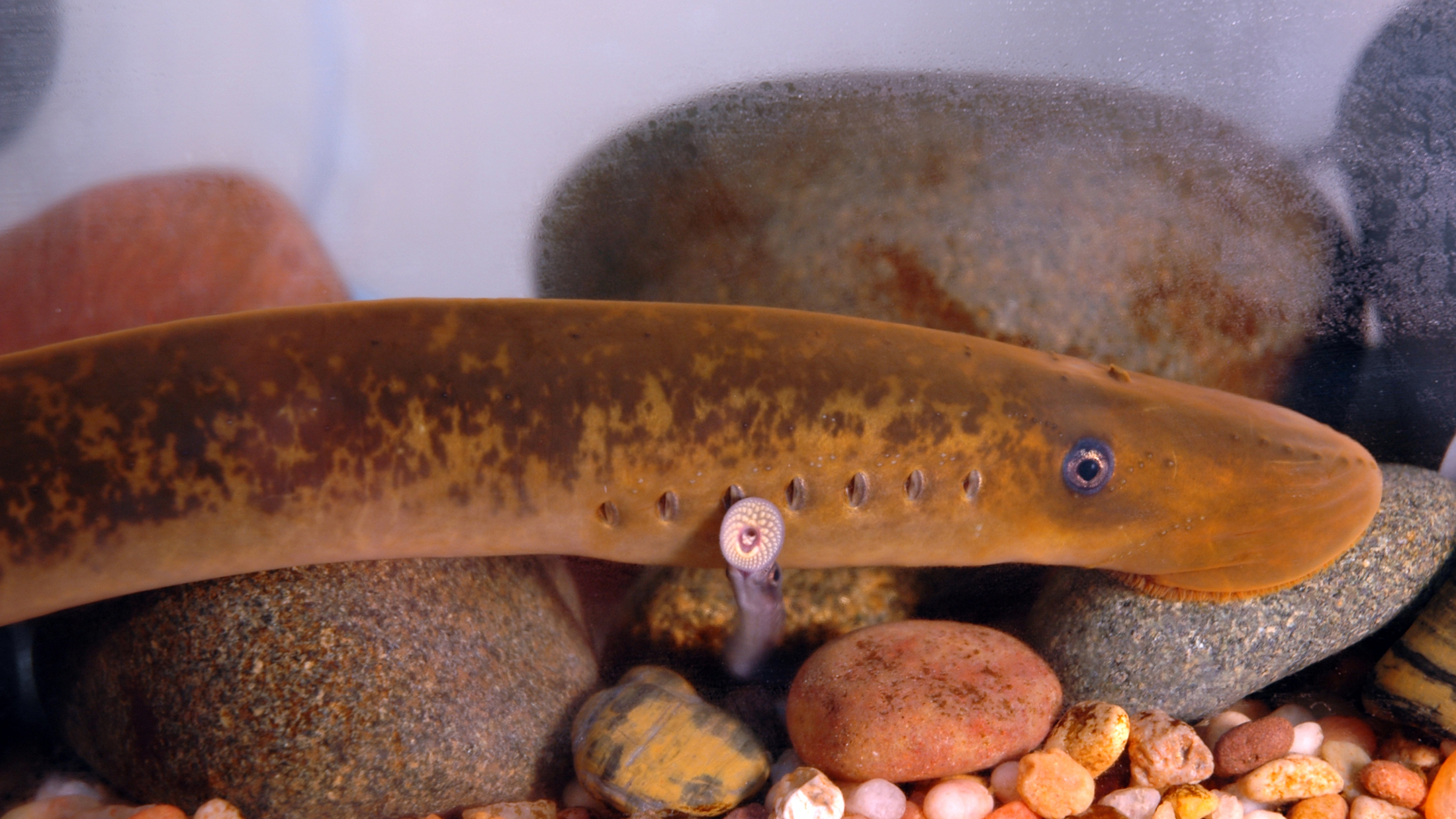
Sea lampreys lifted over the dam on the Connecticut River at Holyoke, have increased from 46 in 1967 to a current average of around 30,000.
Why have native sea lampreys done better than anadromous fish like Atlantic salmon, which thrive in freshwater but vanish at sea? No one can say because virtually nothing is known about the biology of sea lampreys in the ocean. “Conventional wisdom is that they go off the continental shelf, attach to big [bottom-dwelling] fish and probably follow a typical parasite strategy of not killing the host,” says Gephard. “They probably feed on these fish for a while, then detach. Once they got into the Great Lakes those big host fish weren’t around, so they killed the smaller fish.”
Another question is why haven’t sea lampreys increased more rapidly than they have? Gephard may have the answer: “Ammocoetes in other East Coast rivers are pumping out pheromones. When we increase production, rivers like the Delaware, Penobscot and Merrimack benefit. We’re doing something good for the whole coast, but the benefits to the Connecticut River are diluted. It would be great if every state on the East Coast was doing what we’re doing.”
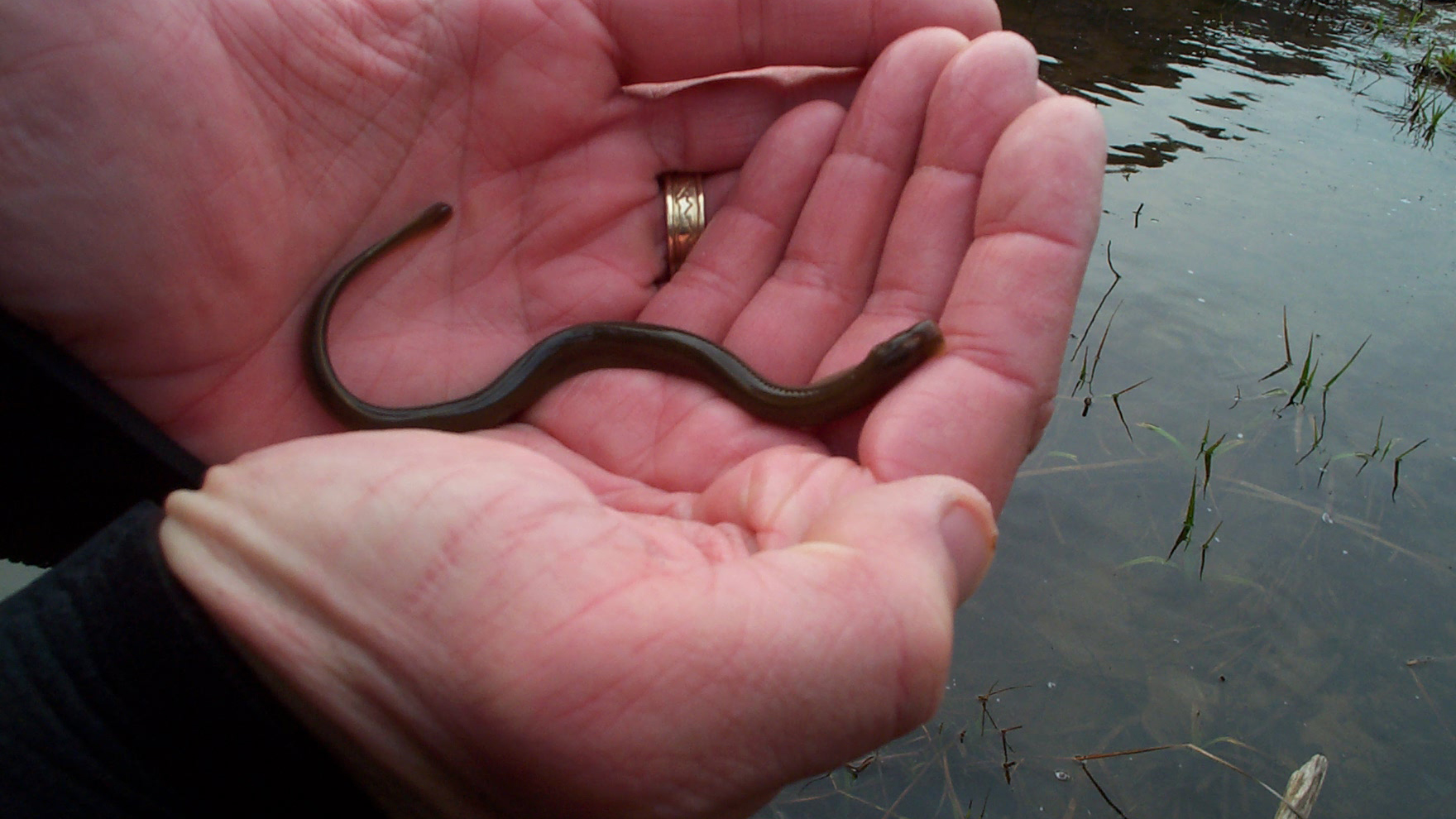
Gephard and his team are achieving dramatic results by planting pre-spawned lampreys in streams where the species had been extirpated. Seven years after fishways had opened up vast habitat on the Shetucket and Naugatuck Rivers, not a single lamprey had been observed. But in 2006 wild adult lampreys ran up the Naugatuck just one year after ammocoetes hatched — spawned by 100 adult lampreys transplanted from the Farmington River.
As a control Gephard left the Shetucket unstocked. With no ammocoetes and no pheromones it got no adult lampreys. Now that Gephard has proven his point he’ll stock the Shetucket, too. In the Pequonnock River wild lampreys appeared in 2016, the same year pre-spawned adults were stocked because females at sea can be attracted by sexually mature males in rivers.
“Other East Coast states will have to wait a long, long time for sea lampreys if they don’t start taking these kinds of actions,” says Gephard.
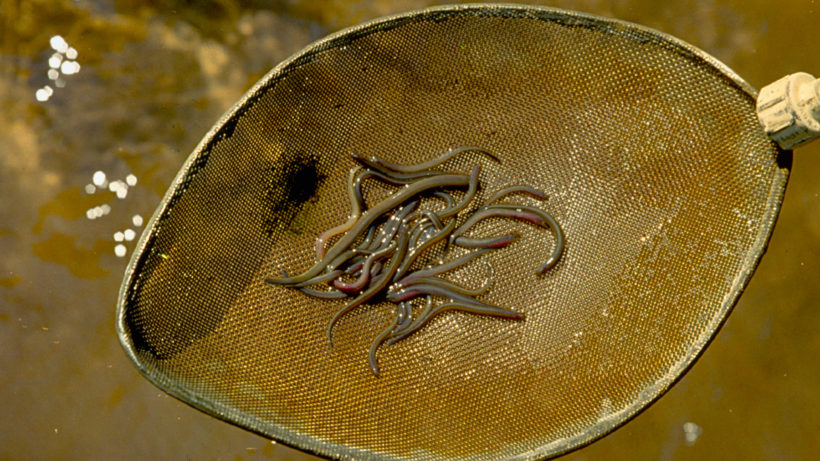
Invasion of the Walleye Snatchers
Building sea lamprey populations is the last thing managers in the states and provinces bordering the Great Lakes and Lake Champlain want to do. Instead they’re killing ammocoetes with highly selective poisons and interdicting migrating adults with barriers.
Sea lampreys gained access to Lake Erie after the Welland Canal bypassed Niagara Falls in 1829 but weren’t recorded there until 1921. They turned up in Lake Huron in 1932, Lake Michigan in 1936 and Lake Superior in 1946.
Currently the best control results are in Lakes Ontario, Huron and Michigan. Wounding rates on lake trout are up in Lake Superior, though not alarmingly so. And while the St. Clair-Detroit River system is infusing Lake Erie with increased juvenile lampreys, that may not be a problem because the lake’s abundant walleyes are chowing down on them.
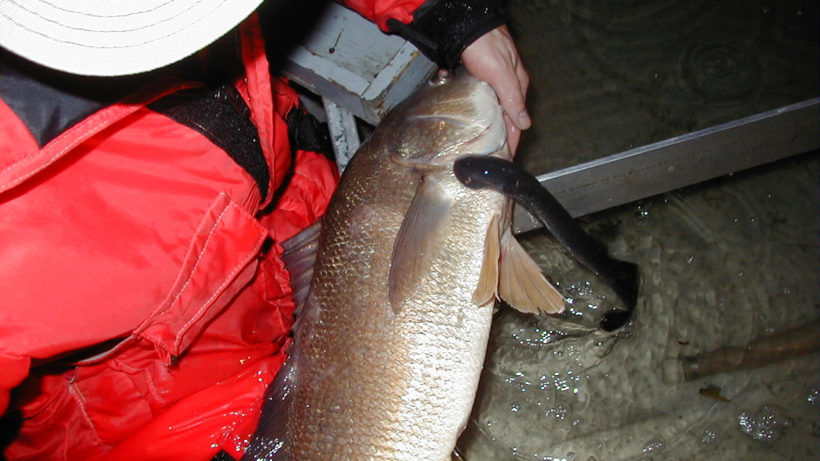
After more than a century of recruitment failure wild lake trout are beginning to proliferate in Lake Champlain. In 2015 almost 24 percent of lake trout sampled by bottom trawling lacked a clipped fin, indicating they weren’t stocked. In 2016 the figure was about 30 percent, this year 49 percent. Survey leader, Dr. Ellen Marsden of University of Vermont, would like to think all these wild fish result from intense lamprey control in Quebec and Vermont, but she can’t. “In the Great Lakes they’re still struggling with lake trout recruitment and they’ve had lamprey control much longer,” she says. “They’re down at their target, which is 5 lamprey wounds per 100 lake trout. Our target is 25 wounds per 100, and we’re around 30.”
In 2004 and 2006 Dr. John Waldman, then with the Hudson River Foundation, shocked, in some cases incensed, Great Lakes fish managers by presenting compelling evidence that sea lampreys are native to Lakes Ontario and Champlain. He and his team compared mitochondrial DNA from sea lampreys from the Great Lakes with Atlantic sea lampreys. Pronounced differences strongly suggested post-Pleistocene natural colonization.
The Great Lakes Fishery Commission is having none of it. Leading the opposition is the commission’s Randy Eshenroder who believes sea lampreys entered Lakes Ontario and Champlain via the canal system and accurately points out that there are no records of Lake Champlain sea lampreys before 1929 and that reports of lamprey wounds on lake trout in both lakes are absent from early literature. (Everyone agrees that sea lampreys from Lake Ontario, native or alien, invaded the upper Great Lakes via the Welland Canal.)
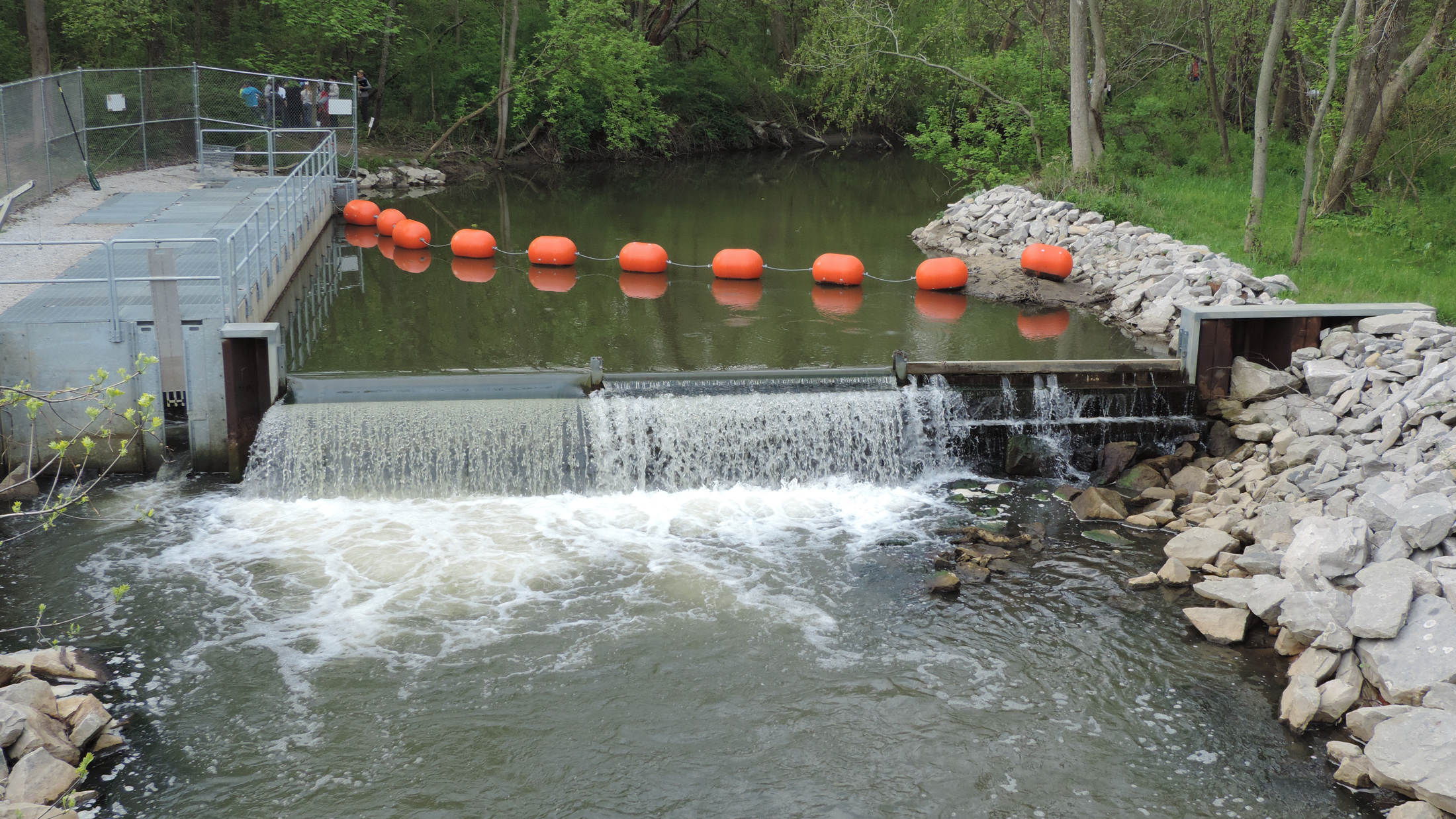
Waldman, now at Queens College in Flushing, New York, defends his findings but with an open mind. “I would not say that the genetics are total proof that sea lampreys are native because you can always concoct explanations involving lots of mutations,” he says. “It’s a conundrum.” Still, he points out that it’s a stretch to suppose that sea lampreys didn’t access Lakes Ontario and Champlain through the St. Lawrence system when Atlantic salmon and American eels did so, the latter annually and in huge numbers.
So if Waldman is correct, shouldn’t we cherish and preserve sea lampreys in Lakes Ontario and Champlain along with other natives? Well, no. If sea lampreys indeed got into these lakes on their own, salmon and lake trout would have had to evolve a means of dealing with them. But in both lakes humans wiped out these salmonid races. The replacements definitely can’t deal with sea lampreys.
Gephard, friend to lampreys only on the East Coast, offers this: “Nobody’s going to put up with sea lampreys in Lakes Ontario and Champlain. The debate about how they got there is probably an issue for naturalists and biologists to argue about and drink scotch over.”
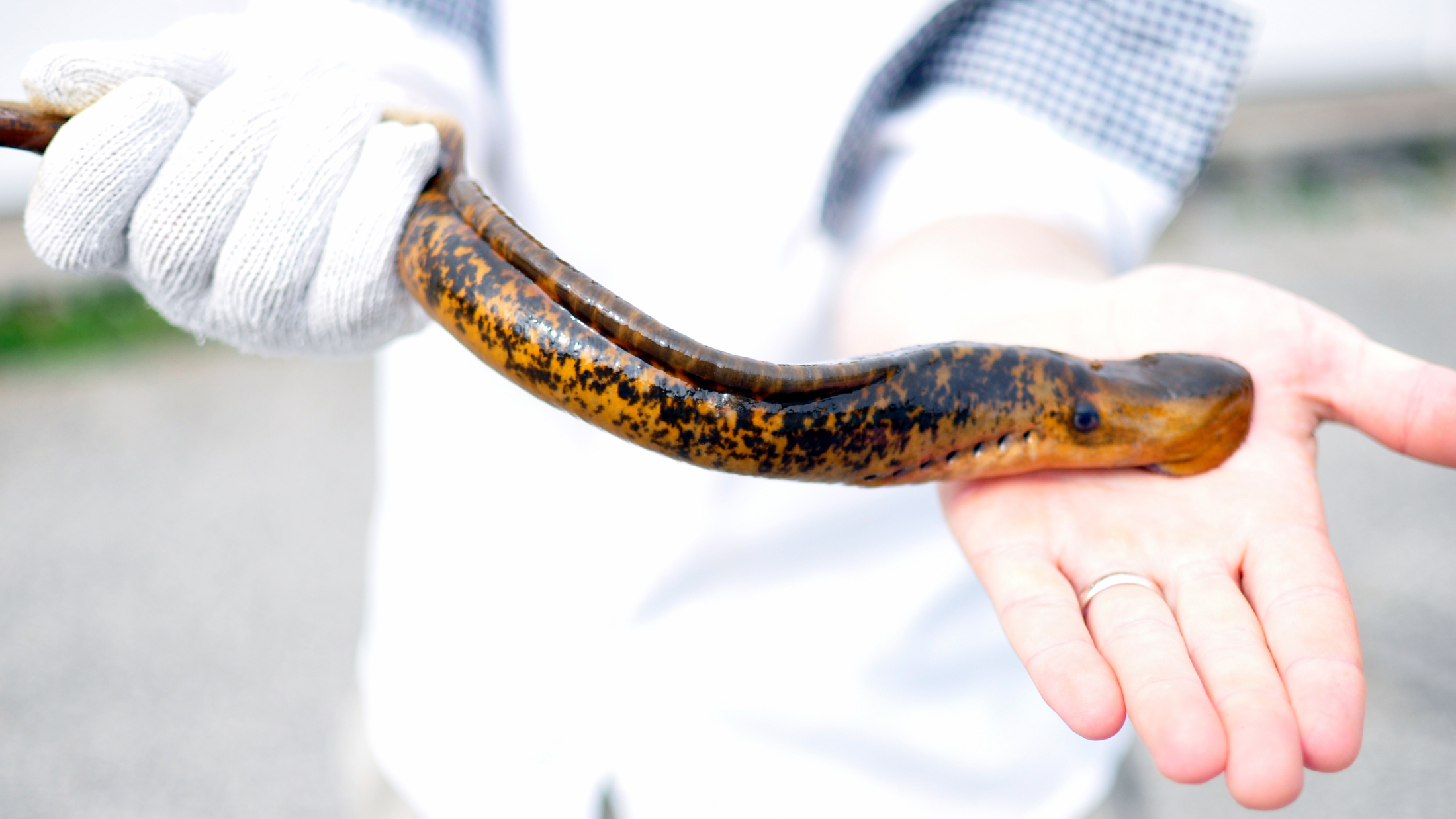
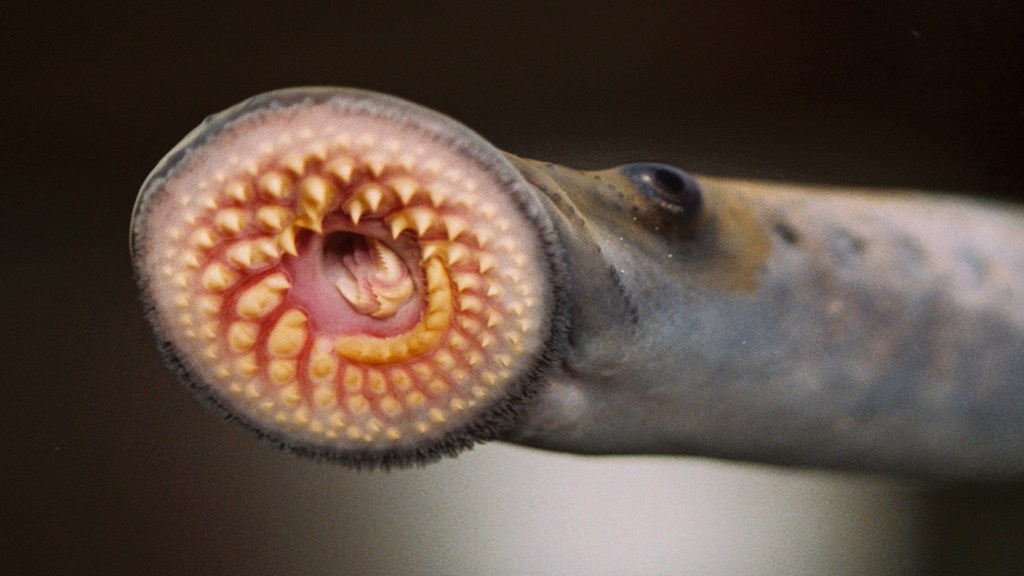



While preserving wild life in all forms, it seams that your conservation here will end up allowing this fish to become over abundance proportionately to other fish in their natural environment. A 25 to 1 ratio is 25% of the other fish are going to be fed off of and your at 30 as it was stayed in your article. It looks like the 5 to 1 is far better to portion of population to maintain for healthy waterways!!!